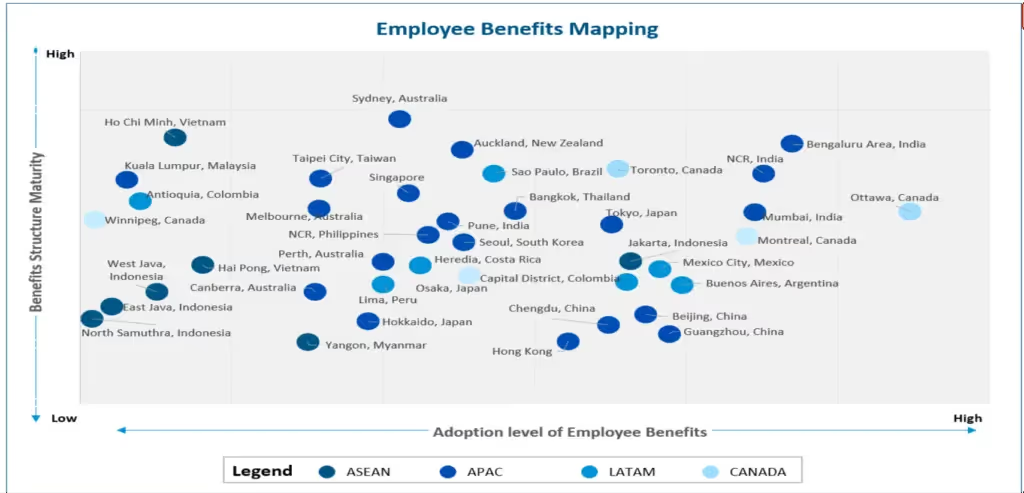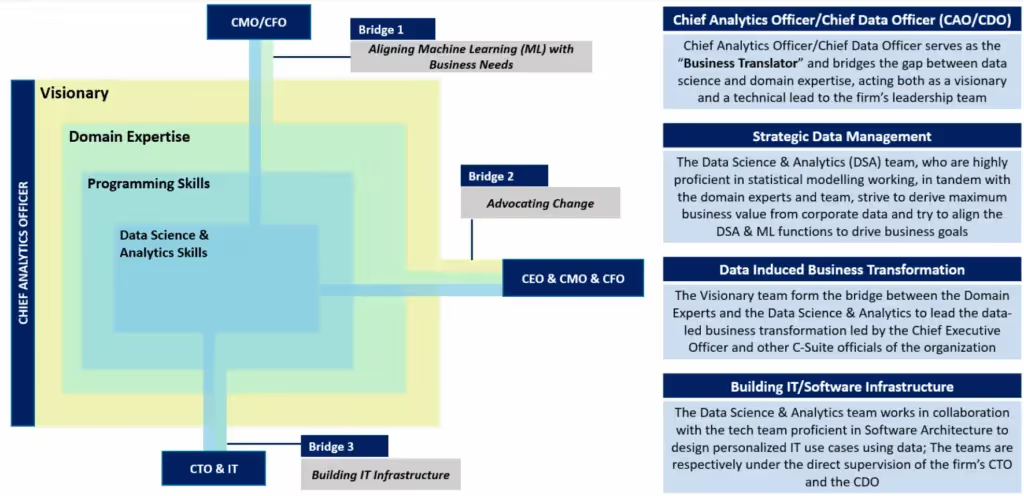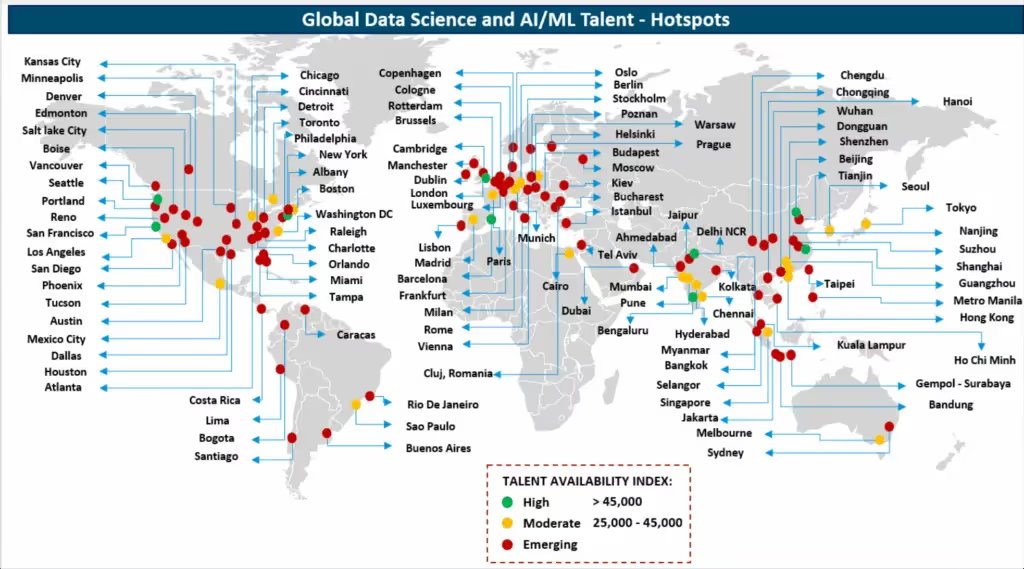Strategies to Optimize Labor Costs in your Quest to Build a Future-Ready Workforce
In a paper by Daron Acemoglu and Pascual Restrepo titled Automation and New Tasks, the authors point out that it is not those brilliant technologies that we need to focus on, but the “so-so” technologies that bring productivity improvements can bring in the optimal labor efficiency. Understanding and mapping efficiencies are very critical as we look at the global labor market. This week we conducted very comprehensive studies and discussions on wage inflation across several regions, including APAC/APJC, Latin America, and North America
- Wage Inflation and Currency Devaluation are happening at the same time in many global locations
- The US dollar strengthening may show that global locations may be cheaper against the USD. But many global locations, the indirect costs, and the total costs are going up
- Benefits and the richness of the benefits offered in low-cost global locations are climbing. Here is a plot of benefits and the benefits structure maturity across various MSAs (Metropolitan Statistical Area). Compared to, say, ten years ago, employee benefits in low-cost global locations cost more, and they are richer

- Some locations like Argentina are going through a higher order of wage inflation than the other cities in Latin America
- A few months back, we heard from the leaders that salaries are trending down slightly, but this is not the case anymore. The labor market across the globe is hot despite the expected economic slowdown
- In the US, Initial filings for unemployment claims fell last week to their lowest level in five months.
- An analysis done by Quess corp in India, a staffing company, showed that people are moving from rural areas to urban areas, an indication that job creation is in the full swing post-pandemic
- Norway’s central bank Governor Ida Wolden Bache said the Nordic country’s labor market is “very tight,” contributing to wage and price pressures. “The labor market is very tight. Firms report labor shortages. There is a very high number of vacancies, the unemployment rate is historically low and has even been a little lower than we envisaged in June.”
- Jobless claims in Germany rose in September, but less than expected, showing the labor market’s resilience amid the energy crisis and weakening consumption.
- In Italy, meanwhile, Istat announced that the seasonally adjusted jobless rate continued its long decline, falling to 7.8% of the workforce.
- Britain’s jobless rate is at its lowest since 1974 though the country is worried about other indicators slowing the job growth
- According to Brazil Labor Ministry figures, the net gain reached 278,639 formal jobs in August, above the expected 268,700
- We also came across an interesting study by a few authors on Seeking Alpha that the laid-off workers are rehired at a faster rate
- Australian professor Cebulla from the college of business, Government and Law at Flinders University observes that Young Australians have more career awareness and are less likely to work in jobs at risk of automation
Note: A red hot labor market may fuel further inflation, as per the experts, but that is outside the context of our focus areas.
Cost of labor will dominate the discussions in evaluating global markets. A few cost-optimal strategies can be adapted. The following are the two strategies at the top of our minds
Component1: Focus on hiring early career talent from smaller universities
Many companies do not follow the strategy of hiring early career talent from lesser-known universities/colleges in a uniform manner. This is because of the long-range planning required to execute this. But with detailed research on the opportunities from Draup, you may be able to accelerate this. In locations like the US, targeted community colleges also have great programs.
Component2: Rapidly Accelerate Data Skills Across the Enterprise (Data -Skilled Organization)
Rapidly accelerating the data skills across the enterprise will future-proof the skills required to a certain extent. Data-skilled organizations can readily transition into all the technical skills (for example, an SQL data analyst migrating into Software Engineering). Mapping out the data skills required across the layers of management and infusing data courses will provide the required labor efficiency as well.












.svg)




















.svg)





.svg)
